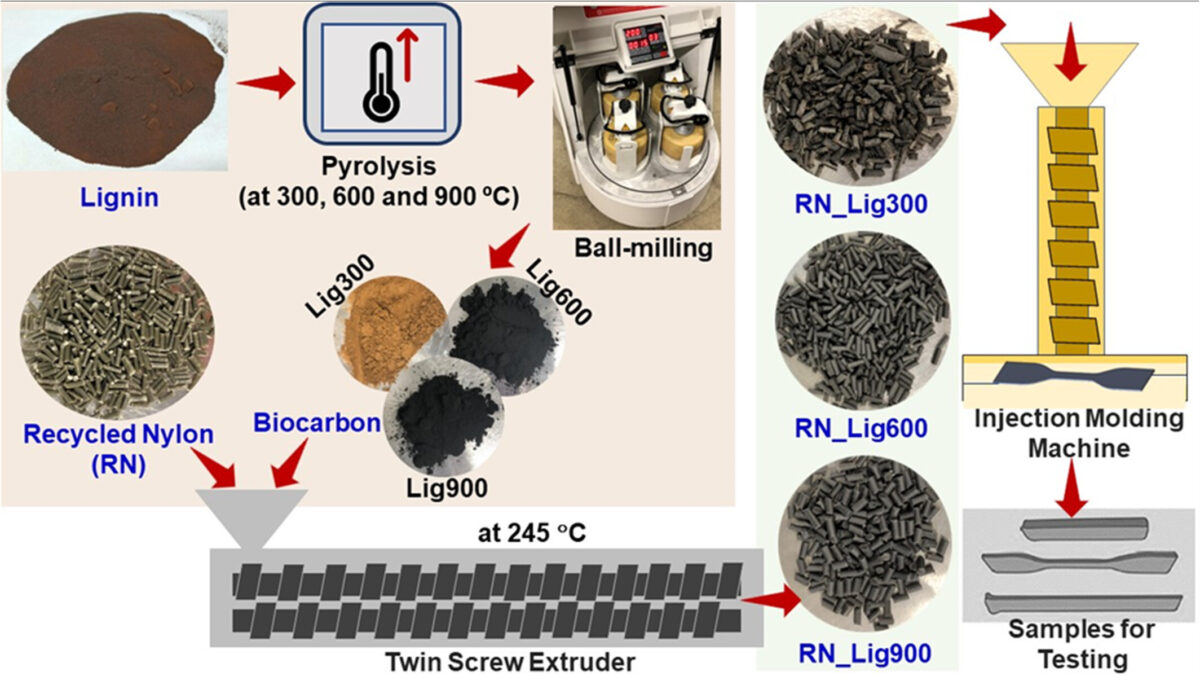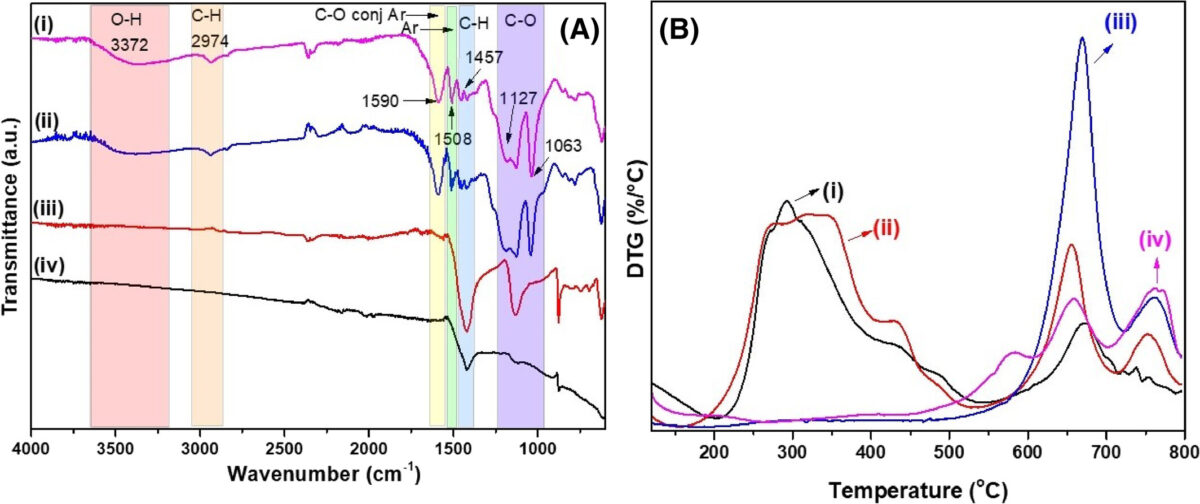The Impact of Recycled Nylon and Lignin Biocarbon Composites

The latest research reveals how recycled nylon (RN) combined with lignin-derived biocarbon (BioC) is setting new benchmarks in the materials science domain, especially within the automotive industry. This innovative approach not only addresses environmental concerns but also enhances the mechanical and flame retardant properties of materials used in automotive applications.
Sustainable Composites from Recycled Sources
Recycled nylon, derived from carpet waste, has been identified as a promising base material due to its excellent mechanical properties and suitability for high-temperature applications. To further enhance its attributes, lignin biocarbon, produced through the pyrolysis of lignin at varying temperatures, is added as a filler. This method aligns with the urgent need for sustainable practices in material production, tackling the pervasive issue of plastic waste. Remarkably, the United States alone generates over 200 million metric tons of carpet waste annually, a significant portion of which is nylon.
Enhanced Properties Through Lignin Biocarbon Integration

(A) FTIR spectra and (B) DTG curves of (i) Lignin biomass, (ii) Lig300, (iii) Lig600, (iv) Lig900.
The research focused on lignin biocarbon pyrolyzed at 300°C, 600°C, and 900°C, referred to as Lig300, Lig600, and Lig900, respectively. The study found that Lig600, in particular, exhibits superior compatibility with the polar nylon matrix, enhancing both flexural and tensile strength by 18% and 8%, respectively, compared to neat recycled nylon. On the other hand, Lig900 significantly improved the tensile and flexural modulus by over 30% and 50%, respectively, while drastically reducing the material’s burning rate by 77.9%. This finding indicates a major leap forward in developing materials with improved mechanical strength and enhanced safety features due to reduced flammability.
Implications for the Automotive Industry
The introduction of lignin biocarbon as a filler in recycled nylon composites offers a dual advantage. Firstly, it contributes to the circular economy by upcycling waste materials. Secondly, it results in composites with superior mechanical properties and flame retardancy, crucial for automotive applications where safety and performance are non-negotiable. The study highlights the potential of pyrolysis temperature adjustments to tailor the properties of biocomposites, promising further advancements in materials engineering.
Driving Forward with Sustainable Materials
This groundbreaking research not only paves the way for more sustainable material production practices but also demonstrates the potential of lignin biocarbon fillers to enhance the performance of recycled nylon composites significantly. As the automotive industry continues to seek environmentally friendly and high-performance materials, the application of recycled nylon and lignin biocarbon composites is set to play a critical role in future developments, marking a significant step towards sustainability and innovation in automotive materials.
You can learn more about this topic in the article “Sustainable biocomposites from pyrolyzed lignin and recycled nylon 6 with enhanced flame retardant behavior: Studies on manufacturing and quality performance evaluation” by Victoria Muir, Neelima Tripathi, Arturo Rodriguez-Uribe, Amar K. Mohanty, Manjusri Misra, published in the March 2024 issue of SPE Polymers.
